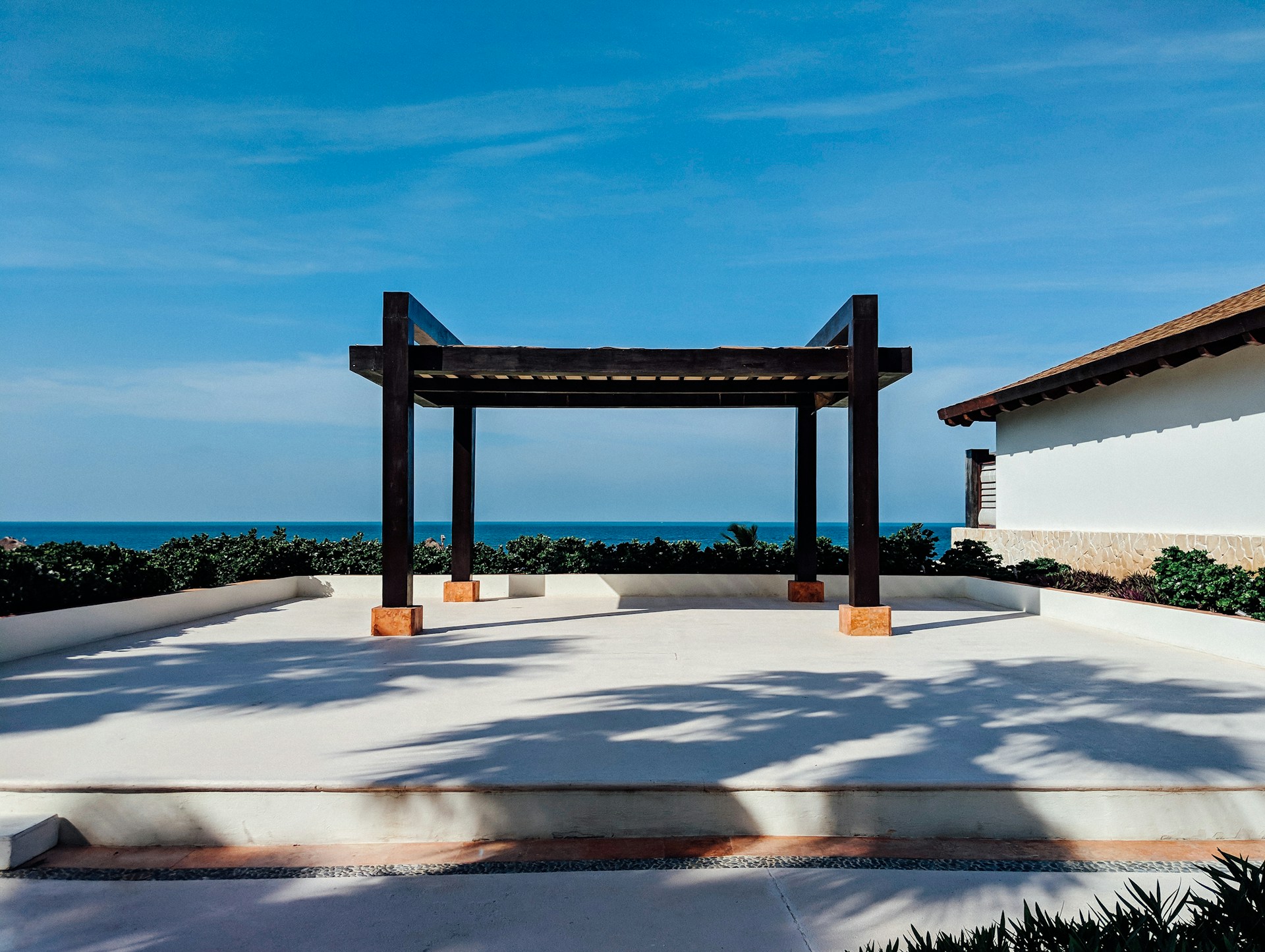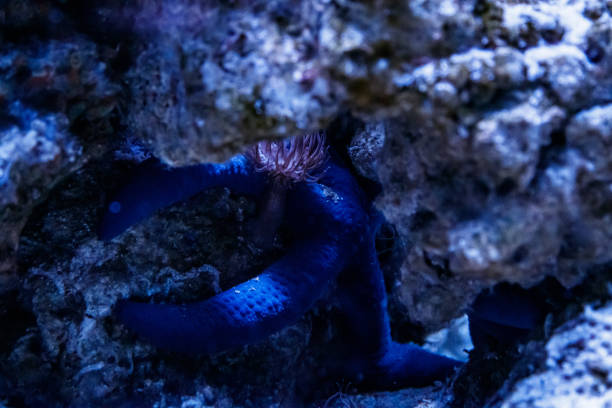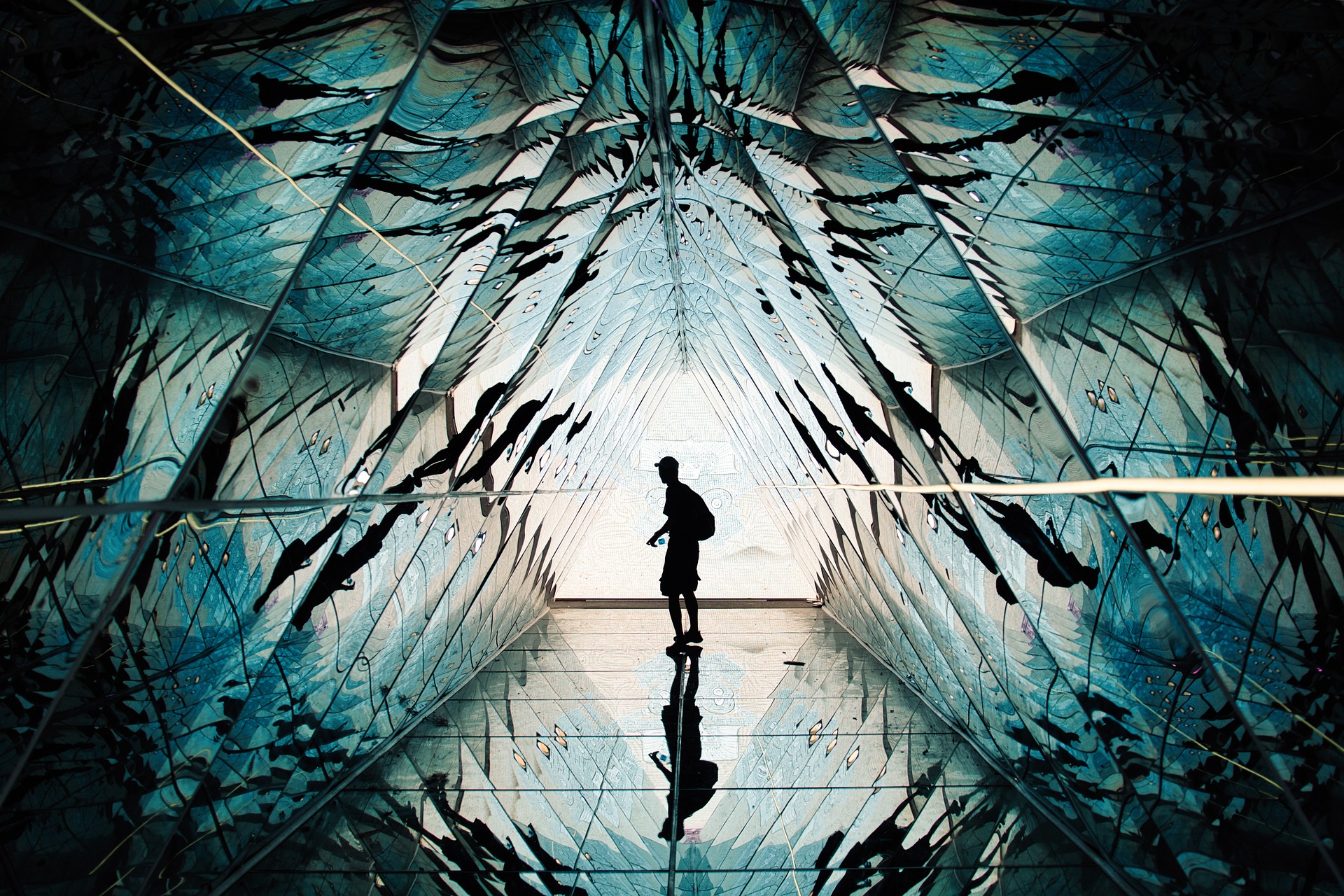Hygge-Inspired Patio Design: Cultivating Cozy Outdoor Sanctuaries
The Danish concept of hygge has swept through interior design circles, but its application to outdoor spaces remains an untapped frontier. This article explores the art of creating hygge-inspired patios, transforming often overlooked exterior areas into cozy, inviting sanctuaries that extend the warmth of home beyond four walls.

The Essence of Hygge in Outdoor Spaces
Hygge, pronounced “hoo-ga,” is a Danish word that defies direct translation but encompasses a feeling of coziness, contentment, and well-being. While traditionally associated with interiors, the principles of hygge seamlessly extend to outdoor living areas, particularly patios. The key lies in creating an atmosphere that invites relaxation, fosters connection, and celebrates life’s simple pleasures.
In patio design, hygge manifests through soft textures, warm lighting, natural materials, and elements that engage the senses. It’s about crafting a space that feels like a warm embrace, encouraging inhabitants to slow down and savor moments of tranquility amidst the hustle of daily life.
Layering Textures for Comfort
Central to hygge patio design is the liberal use of textiles and textures. Unlike traditional outdoor furnishings that prioritize weather resistance over comfort, hygge-inspired patios layer various fabrics to create an inviting, cocoon-like environment.
Consider draping chunky knit throws over chair backs, piling plush pillows on benches, and laying down thick, weather-resistant rugs to define seating areas. Sheepskin throws, while requiring more care, add an unparalleled level of comfort and visual warmth to outdoor spaces. The goal is to create a tactile experience that invites touch and encourages lounging.
Illuminating with Warmth and Wonder
Lighting plays a crucial role in achieving the hygge aesthetic outdoors. The aim is to create a soft, warm glow that mimics the intimacy of candlelight. String lights, lanterns, and portable LED lamps offer versatile options for illuminating patios without harsh overhead lighting.
Consider hanging bistro lights in a zigzag pattern overhead or wrapping fairy lights around tree trunks and railings. Lanterns filled with battery-operated candles provide a safe alternative to open flames while still offering that coveted flickering effect. For added ambiance, incorporate a fire pit or chiminea as a focal point, providing both warmth and a natural gathering spot.
Embracing Natural Elements
Hygge celebrates a connection to nature, making it particularly well-suited for outdoor spaces. Incorporate natural materials like wood, stone, and woven elements to ground the design and create a sense of harmony with the surrounding environment.
Wooden furniture, particularly pieces with a live edge or rustic finish, adds warmth and character. Stone pavers or a pebble mosaic can create an organic, textured foundation. Woven elements like rattan or wicker furniture and baskets holding blankets or firewood contribute to the cozy, natural aesthetic.
Cultivating Sensory Experiences
A truly hygge-inspired patio engages all the senses, creating a multifaceted experience that promotes well-being and relaxation. Beyond the visual and tactile elements, consider ways to incorporate sound, scent, and taste into your outdoor sanctuary.
Install a small water feature for the soothing sound of trickling water. Plant aromatic herbs like lavender, rosemary, or mint in containers around the patio, releasing their calming scents when brushed against. Set up an outdoor bar cart stocked with the makings for hot beverages – a steaming mug of tea or mulled wine is the perfect complement to a cozy outdoor evening.
Creating Intimate Gathering Spaces
Hygge is as much about fostering connections as it is about personal comfort. Design your patio layout to encourage intimate gatherings and conversation. Arrange seating in close, inward-facing groupings rather than spreading furniture out along the perimeter of the space.
Consider incorporating a variety of seating options to accommodate different group sizes and activities. A loveseat or small sofa paired with oversized floor cushions offers flexibility for couples or small groups. A round dining table encourages inclusive conversation during meals, while a collection of Adirondack chairs around a fire pit creates the perfect setting for storytelling and stargazing.
Seasonal Adaptations for Year-Round Enjoyment
While hygge is often associated with colder months, the concept can be adapted to create a welcoming outdoor space throughout the year. In warmer seasons, swap heavy blankets for lightweight throws, incorporate cooling elements like misting systems or fans, and emphasize shaded areas for comfort.
For colder weather, invest in outdoor heating options like patio heaters or heated furniture. Weather-resistant curtains or retractable awnings can provide shelter from wind and rain, extending the usability of your hygge patio well into the cooler months.
The Art of Slow Living Outdoors
At its core, hygge patio design is about creating a space that encourages a slower, more mindful approach to outdoor living. It’s a rejection of the notion that patios are solely for entertaining or brief moments of fresh air. Instead, a hygge-inspired patio becomes an extension of your home’s most comfortable spaces – a place to read, meditate, share intimate conversations, or simply be present in the moment.
By thoughtfully curating your outdoor space with elements that promote comfort, connection, and sensory engagement, you can transform your patio into a hygge haven. This approach not only enhances the aesthetic appeal of your home but also contributes to overall well-being by providing a dedicated space for relaxation and rejuvenation in the open air.
As we continue to seek balance in our fast-paced lives, the concept of hygge patio design offers a timely reminder of the importance of creating spaces that nourish the soul. By bringing the cozy comforts of indoor living to our outdoor areas, we open up new possibilities for enjoying nature, connecting with loved ones, and finding moments of peace in our own backyards.





